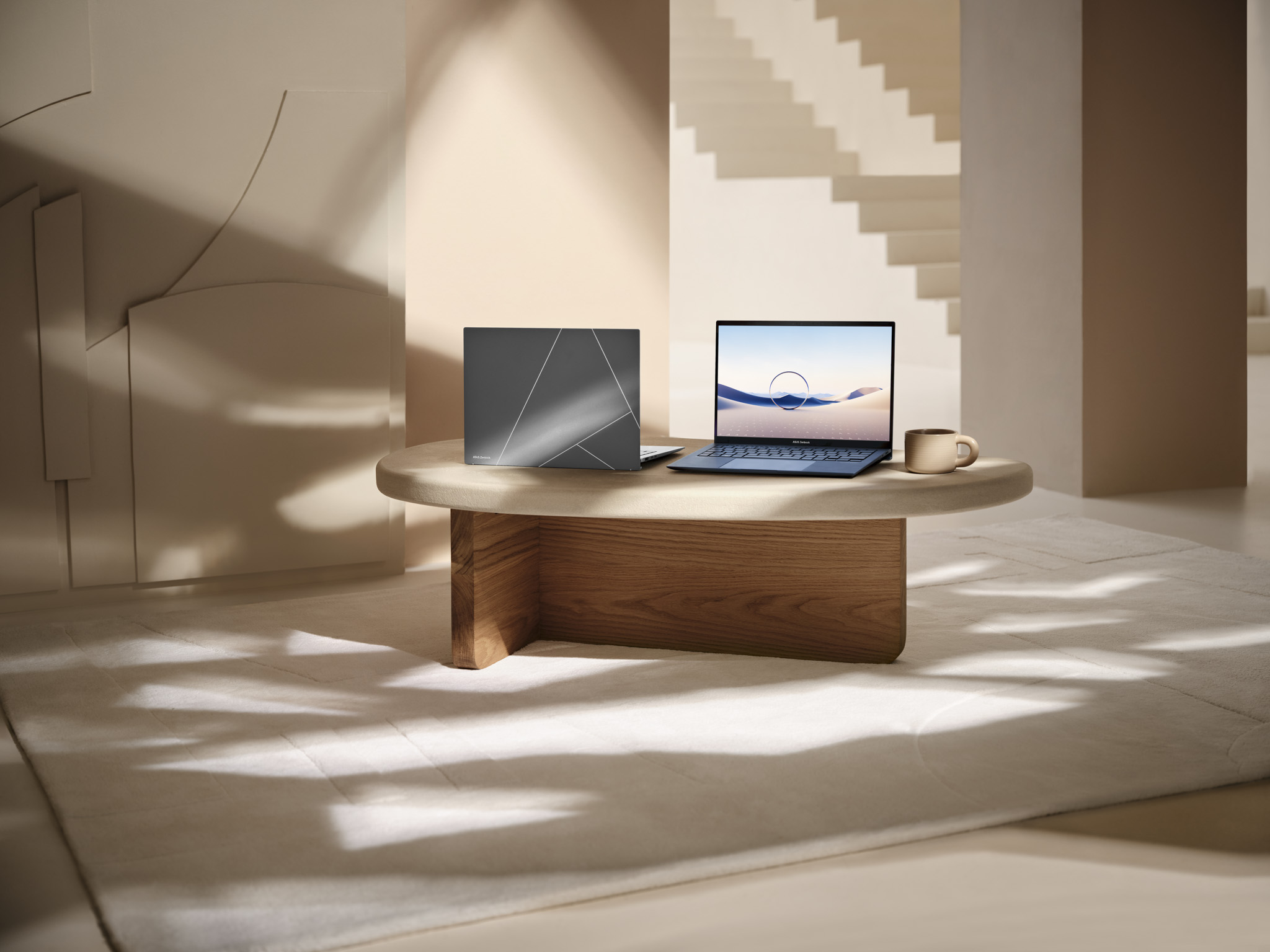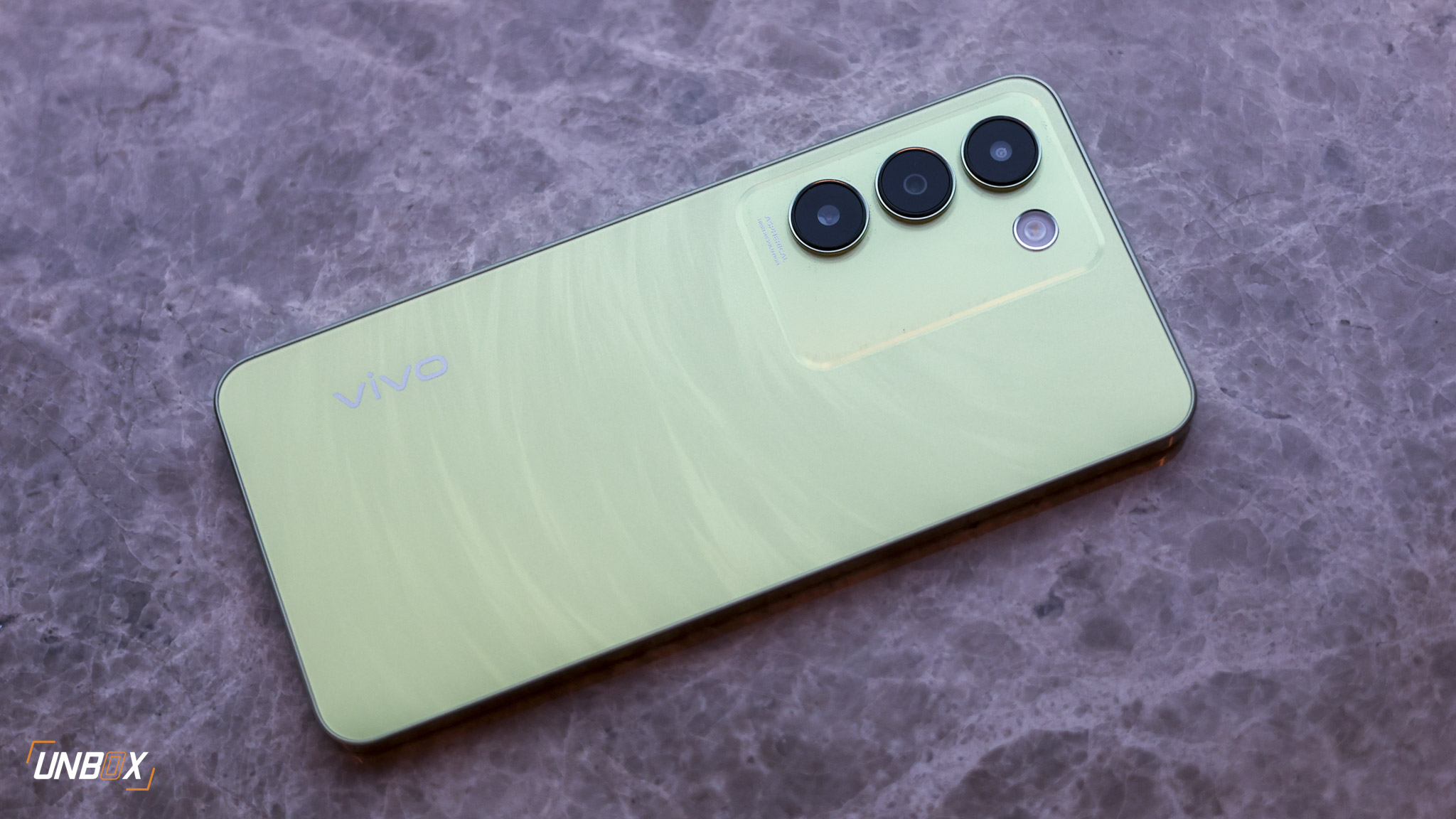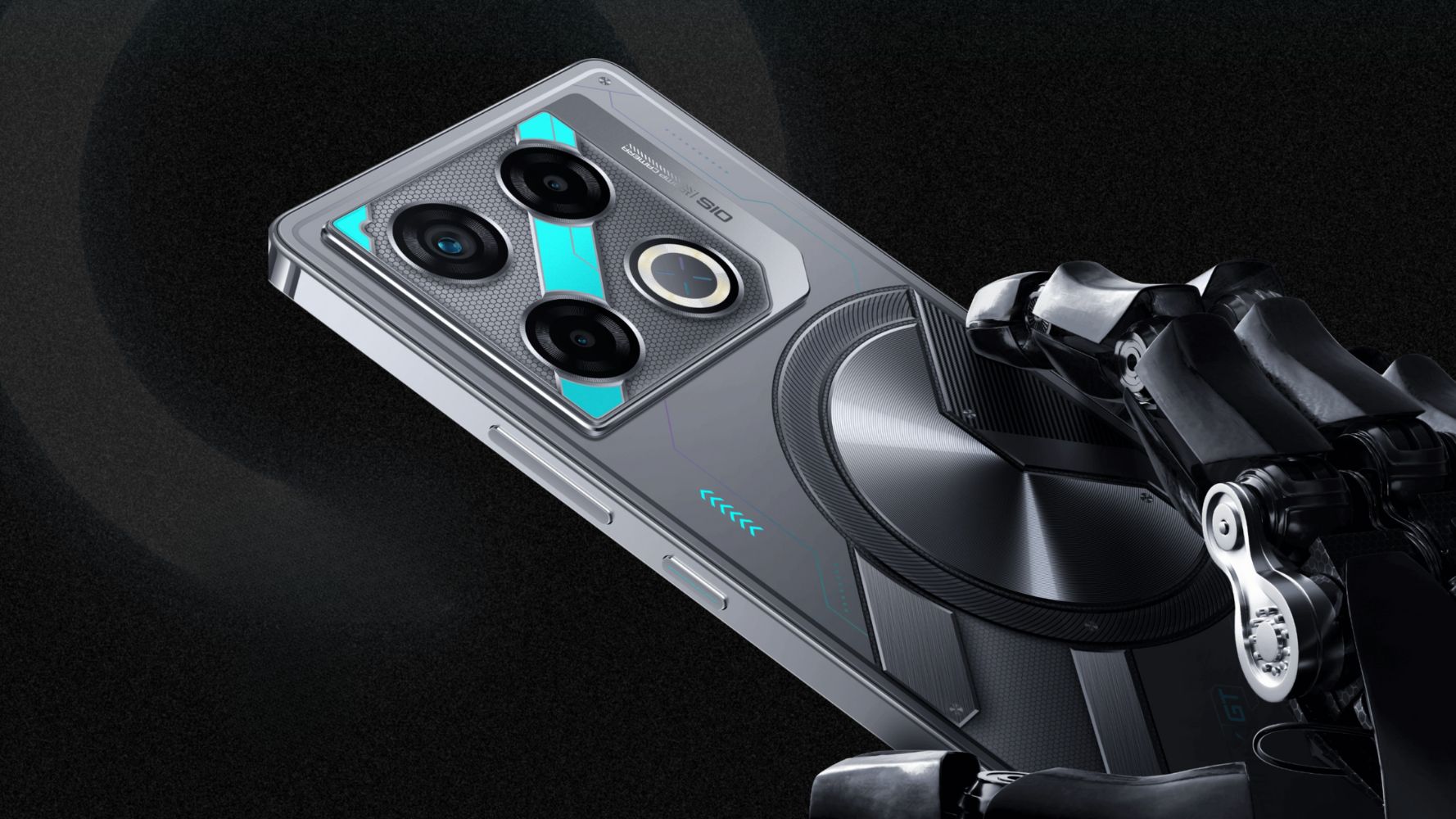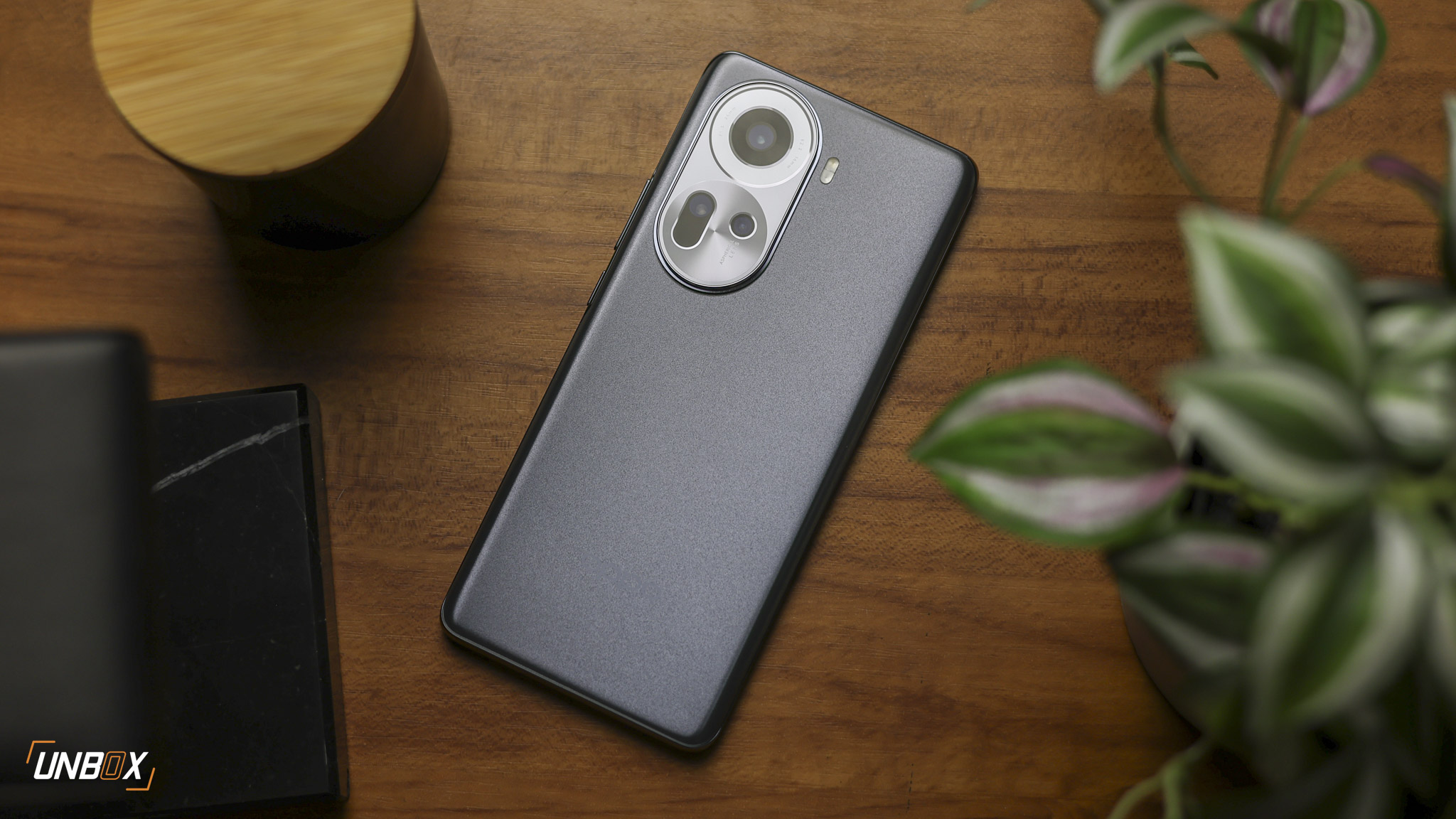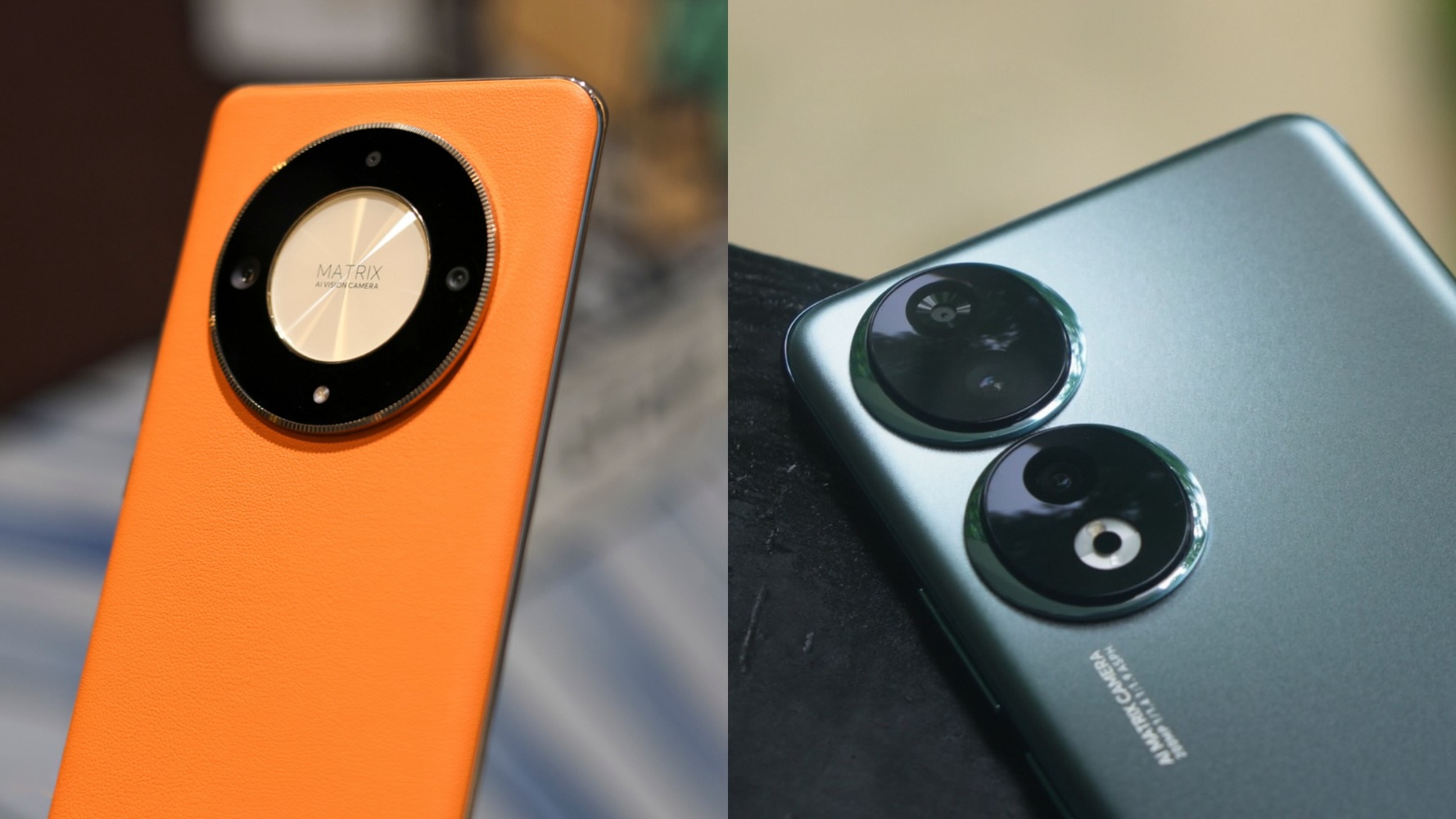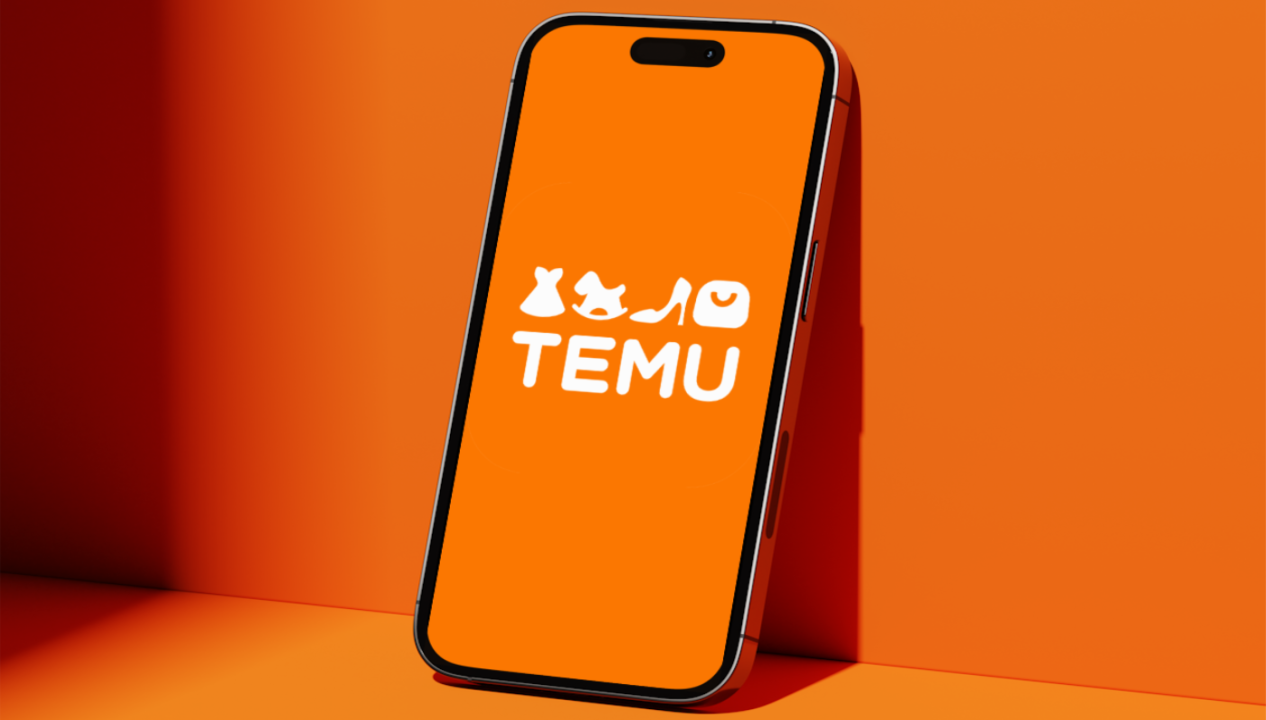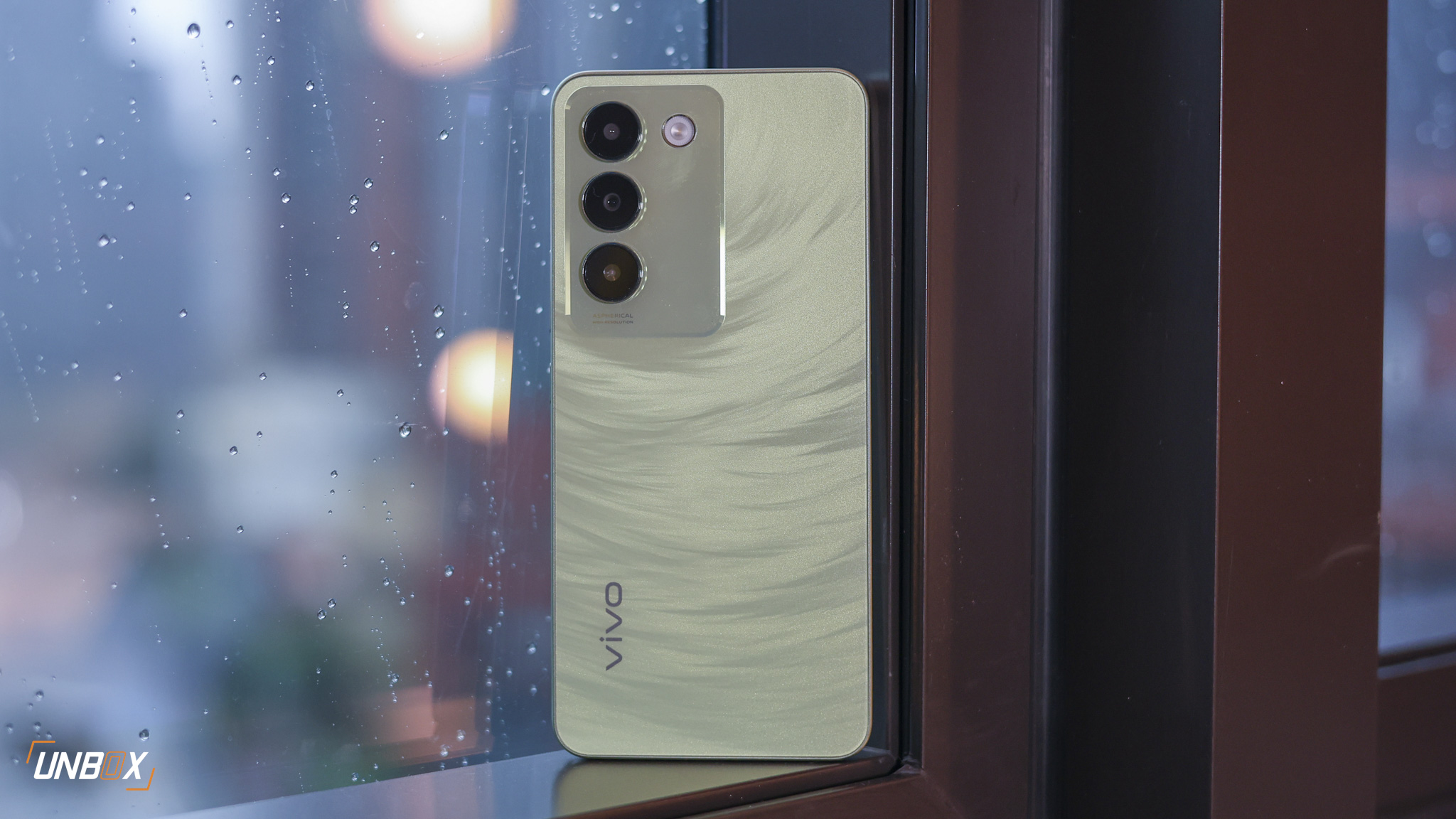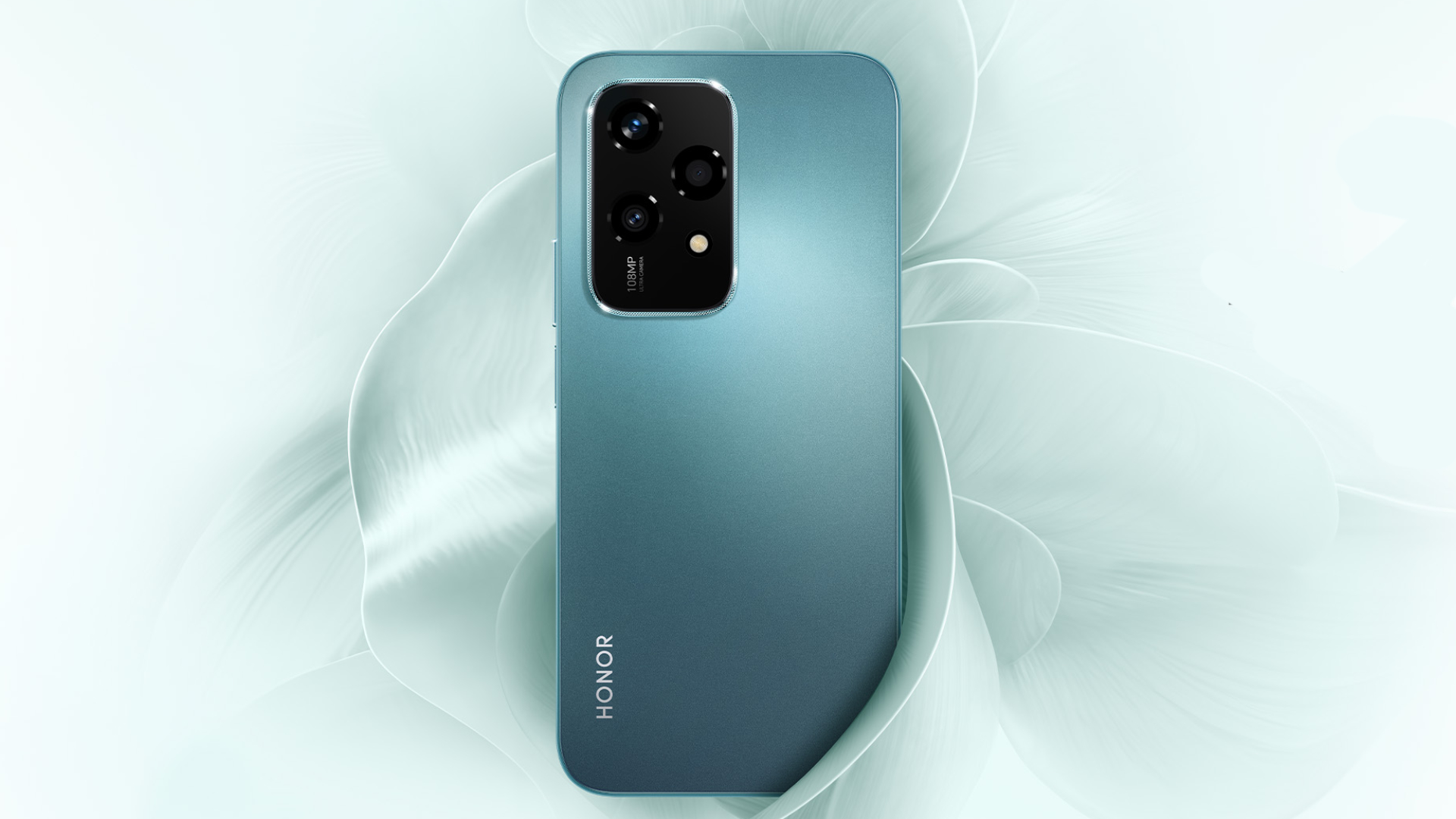Now is a very interesting time to buy a gaming handheld: ever since the Nintendo Switch and Steam Deck have popularized the form factor, other brands have followed through with coming up with their own gaming handheld. ASUS has the ROG Ally, while Lenovo is fresh from unveiling the Legion Go at IFA 2023.
While we have tried the ROG Ally in person, it’s interesting to see how the Legion Go stacks up against ASUS’ gaming handheld:

Internals
The ROG Ally and Legion Go are technically on even ground, as both gaming handhelds can be availed with either the Ryzen Z1 or Z1 Extreme processor, both being optimized for their form factors. Both also come with 16GB RAM, though the Legion Go uses the faster LPDDR5X version.
Both use the PCIe 4.0 storage and have MicroSD card expansion, though the Legion Go is also available in 256GB and 1TB models–the ROG Ally, on the other hand, only comes with 512GB storage.
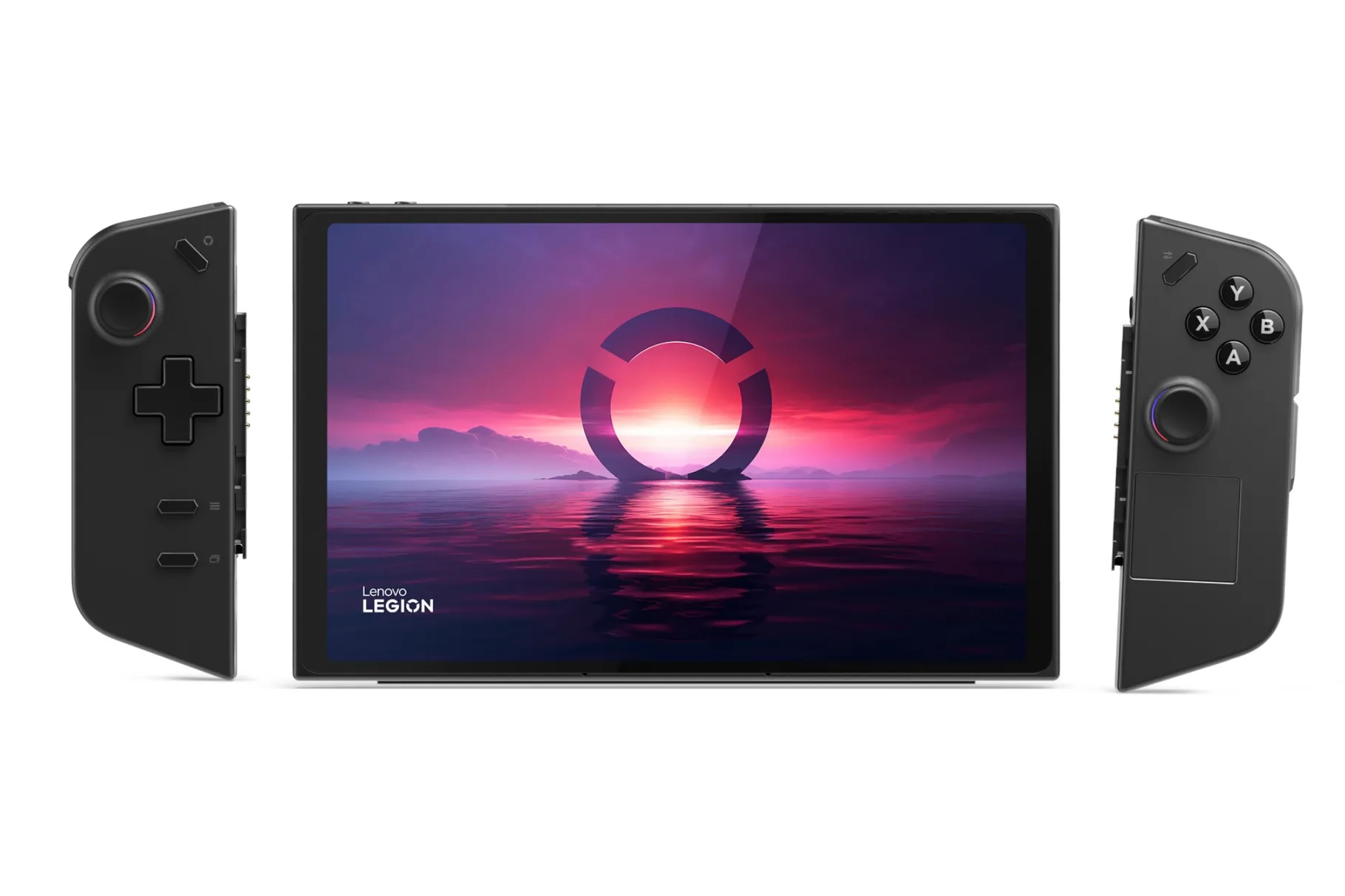
Display
The Legion Go is superior over the ROG Ally in this department, as it features an 8.8-inch IPS display that has a Quad HD resolution and a 144hz refresh rate. The ROG Ally is no slouch either with its 7-inch 120hz IPS display with a Full HD resolution. In both cases, they offer a better display than the Steam Deck and Nintendo Switch.
With the Legion Go, there’s an option to scale down the display to Full HD and 60hz refresh rate if you prioritize smoother performance and better battery life, which is a nice feature to have.
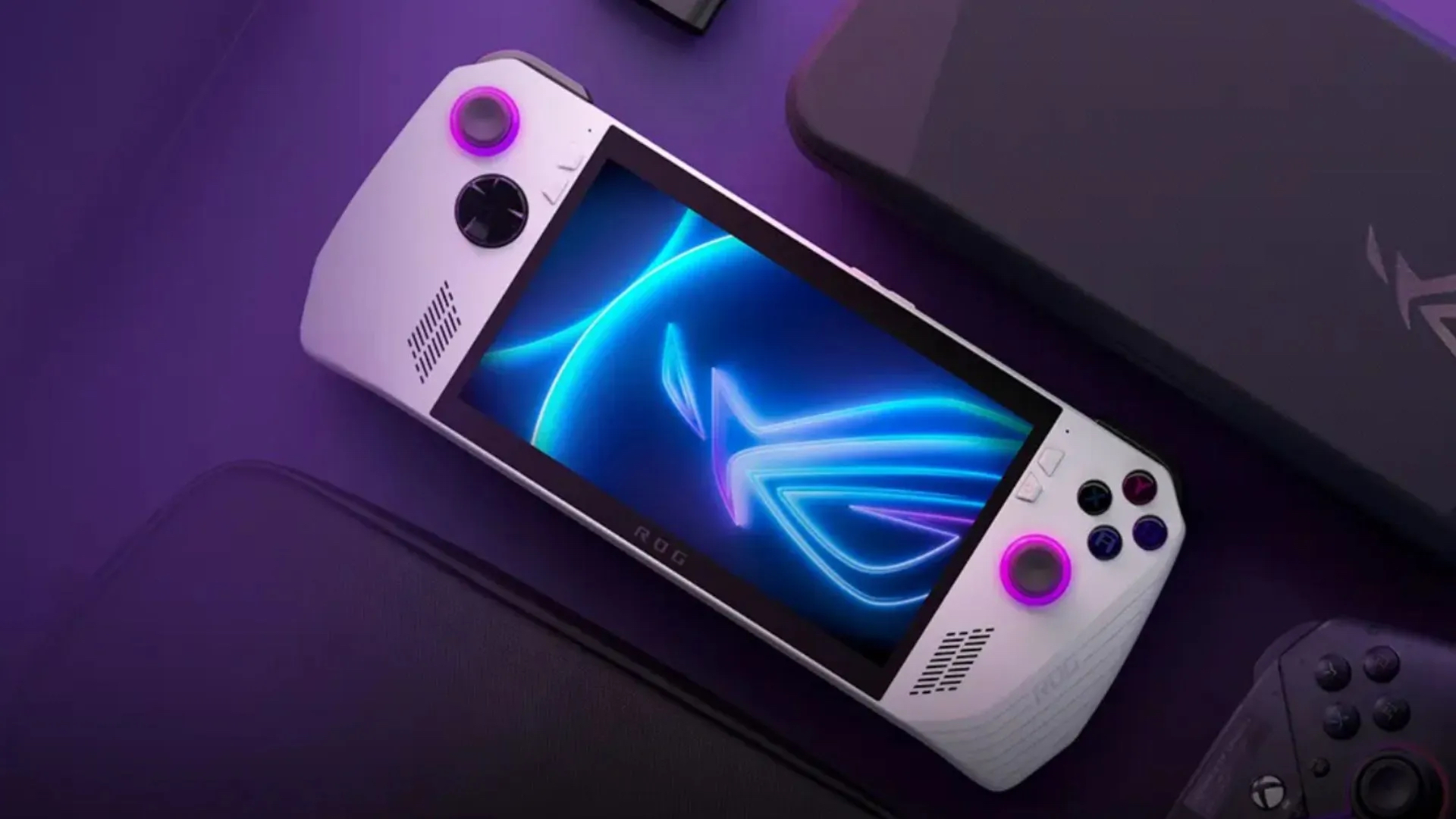
User Interface
Both gaming handhelds come with Windows 11 out of the box, which should allow you to install games from any platform on paper. While this is an advantage over the proprietary OS that’s used on the Steam Deck, the challenge for both the ROG Ally and Legion Go with using Windows 11 is proper optimization with their form factor.
While the ROG Ally has the option to work with an external GPU for additional processing power, the Legion Go’s strength are its detachable controllers that have a myriad of customizable controls to suit the preference of gamers–along with a trackpad for easier navigation through the Windows 11 interface.
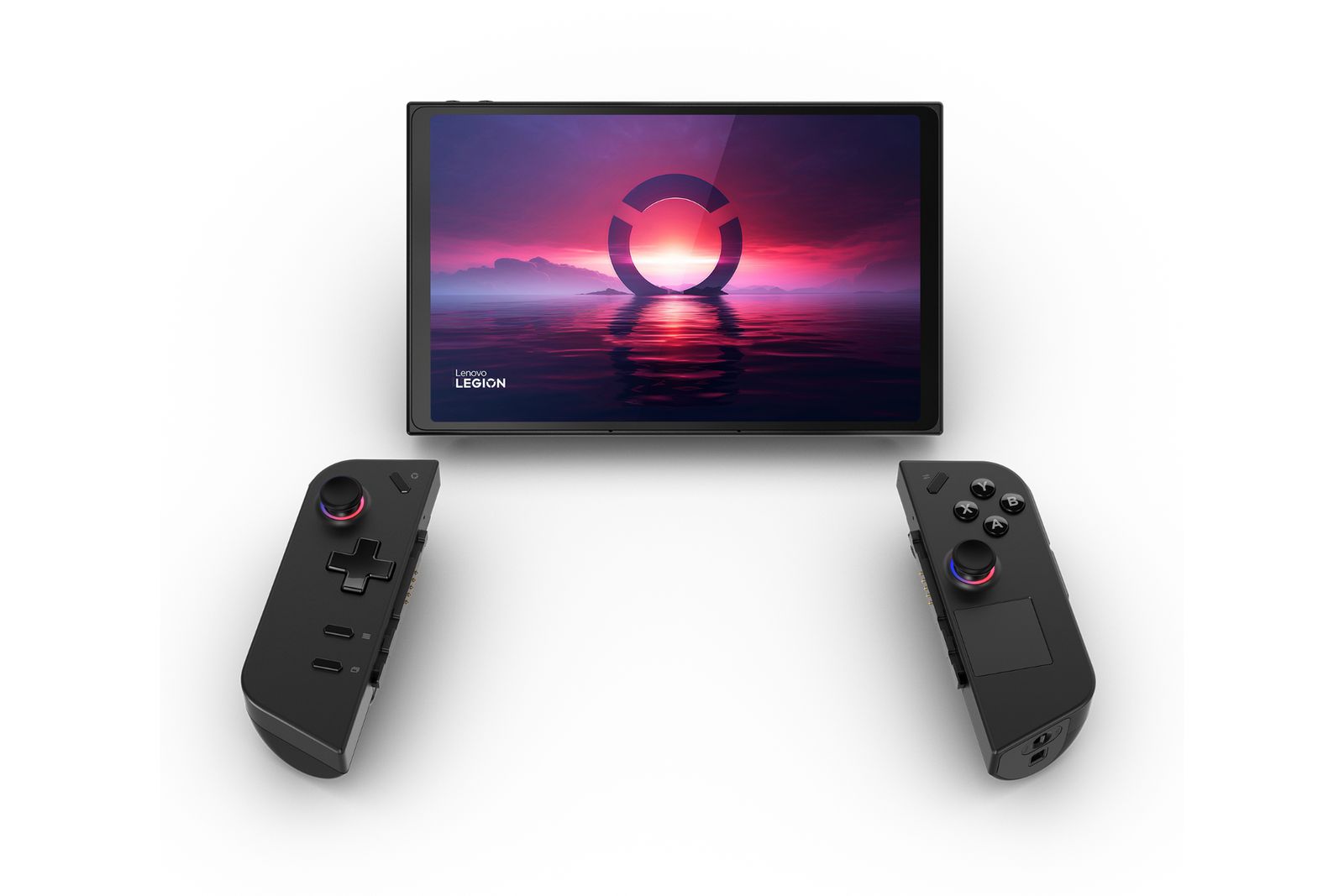
Battery
Because the Legion Go is physically larger, you get a 49.2wHr battery inside, which is more substantial than the 40wHr battery that’s inside the ROG Ally. Lenovo has yet to disclose the battery life on the Legion Go, but we manage to get around 1.5 to 2 hours of battery life on the ROG Ally depending on the settings used.
While the Legion Go should have a longer battery life on paper, do note that using it in Quad HD, 144hz will take a toll on how long you can use the device on a full charge. Using it in Full HD, 60hz should make the Legion Go last longer than the ROG Ally.
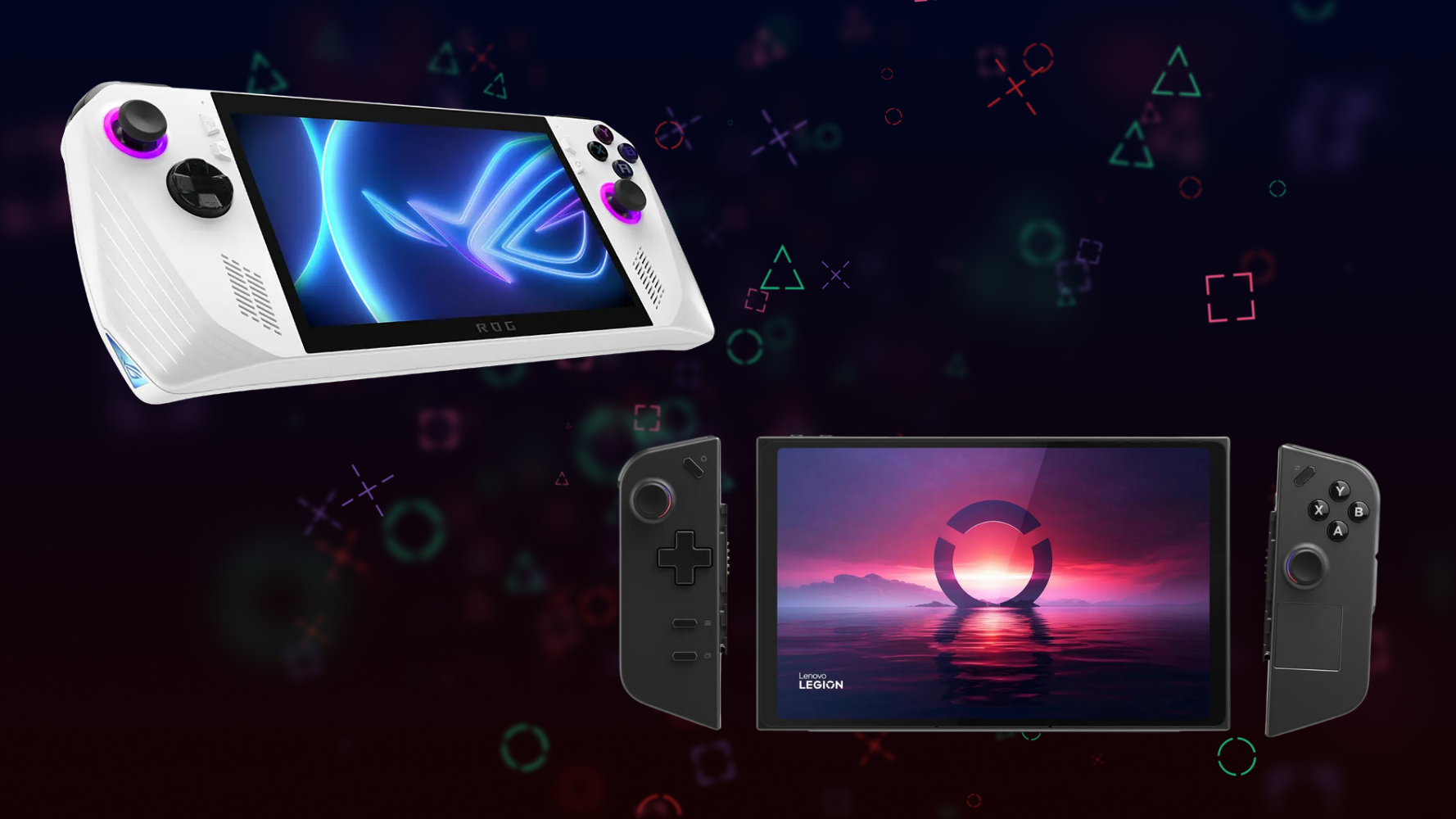
Price
In the Philippines, the ROG Ally is priced at Php 43,995 for the Ryzen Z1 Extreme variant with 512GB storage, while the non-Extreme version is Php 3k less. As for the Legion Go, Lenovo has yet to reveal availability in the Philippines–but expect it to be more expensive than the ROG Ally, as the 512GB variant will cost you $799 or around Php 46k when converted. Do note that the converted price does not include taxes and duties, so there’s a possibility that the Legion Go might cost somewhere around Php 50k when it becomes official in the Philippines.



